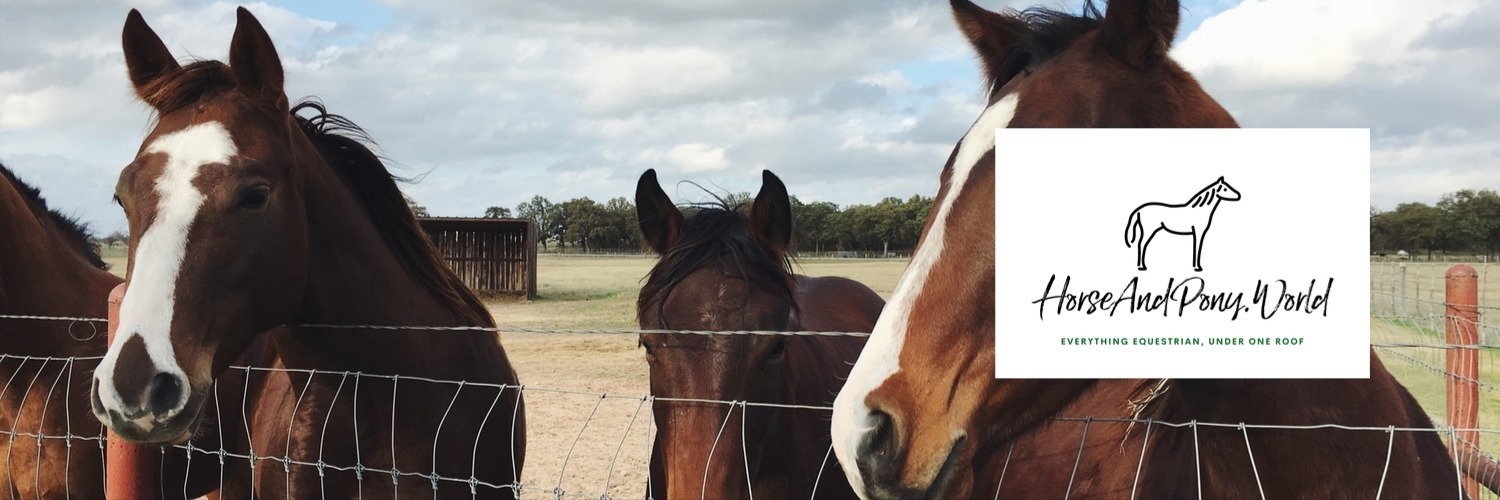
How to Prepare Your Horse for Autumn: Essential Tips for a Smooth Transition
As the crisp autumn air begins to set in, it’s time to adjust your horse care routine to ensure a healthy and comfortable season for your equine friend. With shorter days, changing temperatures, and a shift in pasture quality, preparing your horse for autumn can make a big difference in their well-being. Here’s a comprehensive guide on what to consider as you transition your horse into the cooler months.
- Adjust Feeding and Nutrition
Autumn often means a decrease in pasture quality as the grass starts to die back. You may need to supplement your horse’s diet to maintain their health:
• Forage: Begin increasing the amount of hay to ensure they’re getting enough fiber. Horses need constant access to forage to keep their digestive system functioning properly.
• Feed: If your horse is used to lush summer grass, consider adding a feed or supplement that provides the necessary calories and nutrients. A nutritionist or vet can help you adjust your horse’s diet based on their specific needs.
• Water: As it gets colder, horses may drink less, so make sure their water is clean, ice-free, and warmed if necessary. Horses need to stay hydrated to aid digestion, particularly when eating more hay.- Change Your Horse’s Coat Care Routine
Autumn is shedding season, as your horse’s coat thickens in preparation for winter:
• Regular Grooming: Brush daily to help remove dead hair and stimulate blood flow. This also allows you to check for any early signs of skin issues, like rain rot, which is common in wet conditions.
• Clipping: If you plan to continue riding throughout autumn and into winter, consider clipping your horse’s coat. This can prevent excessive sweating and make cool-downs easier after workouts. Just be mindful that a clipped horse may require blanketing to stay warm.
• Blanketing: Autumn weather can be unpredictable, so keep an eye on the temperature and weather forecasts. Start with lightweight sheets and add heavier blankets as the weather cools down, particularly if your horse is clipped or has a thinner coat.- Hoof Health Maintenance
With autumn’s wet and muddy conditions, your horse’s hooves may be more susceptible to issues like thrush or cracks:
• Regular Hoof Care: Clean your horse’s hooves daily, removing any mud, rocks, or debris, and check for signs of thrush or other hoof issues.
• Farrier Visits: Ensure that your horse stays on schedule with regular farrier visits to keep their hooves in optimal condition.
• Hoof Conditioners: Depending on your region’s climate, using a hoof conditioner or hardener can help maintain moisture balance and protect hooves from drying out or becoming too soft.- Adjust the Exercise Routine
Autumn days are shorter, and the weather may not always be ideal for riding, but you can still keep your horse active and fit:
• Consider an Indoor Arena: If available, move some of your riding sessions indoors to avoid wet or muddy conditions that could lead to injuries.
• Plan for Shorter Rides: With less daylight, try shorter rides or work in the arena to maintain your horse’s fitness. Make sure to include warm-ups and cool-downs, especially as temperatures drop.
• Use Reflective Gear: If you’re riding in low light conditions, make sure you and your horse have reflective or high-visibility gear for added safety.- Enhance Shelter and Stable Comfort
The changing weather can mean wetter and cooler conditions, so making sure your horse has a comfortable place to retreat is important:
• Inspect Your Shelter: Ensure that stables, barns, and run-in shelters are clean, well-ventilated, and free from leaks or drafts.
• Bedding: You may want to increase the amount of bedding in their stalls to provide additional warmth and comfort.
• Stable Ventilation: Keep stalls and barns well-ventilated to reduce the risk of respiratory issues. Autumn can be damp, so good air circulation is crucial to avoid mold and mildew.- Check for Seasonal Health Concerns
As with any seasonal change, certain health issues become more common in autumn. Keep an eye on the following:
• Vaccinations and Deworming: Autumn is a good time to check in with your vet about vaccinations, especially for diseases that may become more prevalent in colder months. Deworming is also essential to address any parasites picked up during grazing season.
• Monitor Body Condition: Horses may lose or gain weight as temperatures change, so keep an eye on your horse’s body condition and adjust feed accordingly.
• Seasonal Ailments: Watch for signs of respiratory issues, such as coughing or nasal discharge, which can occur more frequently in damp weather.- Prepare for Emergency Care
The wet and muddy conditions of autumn can lead to unexpected injuries or ailments. Having a well-stocked emergency kit is essential:
• First-Aid Kit: Make sure your kit includes bandages, antiseptics, wound sprays, and hoof pick disinfectants.
• Know Your Vet’s Contact Information: Keep your vet’s contact information handy, and know where the nearest emergency veterinary clinic is located in case of urgent issues.
• Plan for Extreme Weather: If you live in an area with unpredictable autumn storms, ensure your horse has a safe space to shelter and a supply of food and water should conditions prevent access to their usual resources.With a little preparation, your horse will be ready to take on the autumn season with ease! By paying attention to these key areas, you’ll help your horse stay happy, healthy, and comfortable as the seasons change. Enjoy the beautiful fall colors, and make the most of the cooler weather with your equine friend! 🐴🍂🍁

Leave your comment
You must be logged in to post a comment.